Under Governor Shapiro, Pennsylvania is a National Leader in Economic Growth, AI Innovation, and Energy – PA Department of Community & Economic Development (.gov)

Report on Governor Shapiro’s “Lightning Plan” for Pennsylvania’s Energy Sector
Executive Summary
On January 30, Governor Josh Shapiro introduced a comprehensive energy policy framework titled “The Lightning Plan.” The proposal aims to revitalize Pennsylvania’s energy sector, stimulate job creation, and reduce energy costs for consumers. The plan’s objectives are strategically aligned with several United Nations Sustainable Development Goals (SDGs), primarily focusing on SDG 7 (Affordable and Clean Energy), SDG 8 (Decent Work and Economic Growth), SDG 9 (Industry, Innovation, and Infrastructure), and SDG 13 (Climate Action). The plan was announced ahead of the governor’s annual budget address, signaling its high priority for the upcoming legislative session.
Core Components and Alignment with Sustainable Development Goals
The “Lightning Plan” is a multi-faceted strategy designed to modernize Pennsylvania’s energy landscape through legislative and programmatic reforms.
Climate Action and Clean Energy Initiatives (SDG 13 & SDG 7)
A central pillar of the plan is a direct commitment to climate change mitigation and the promotion of clean energy sources.
- Pennsylvania Climate Emissions Reduction Act (PACER): This proposed legislation would establish a cap-and-trade system for carbon emissions from the state’s power plants. By requiring facilities to purchase credits to offset emissions, PACER directly addresses SDG 13 (Climate Action). The governor has indicated that if PACER is enacted, Pennsylvania will withdraw from the Regional Greenhouse Gas Initiative (RGGI).
- Pennsylvania Reliable Energy Sustainability Standard (PRESS): Building upon the state’s Alternative Energy Portfolio Standards, the PRESS initiative seeks to increase the generation of power from alternative sources. It specifically aims to incentivize innovation in nuclear power and renewables, contributing to SDG 7 (Affordable and Clean Energy) by diversifying the energy mix and promoting sustainable sources.
Economic Growth, Innovation, and Infrastructure (SDG 8 & SDG 9)
The plan incorporates measures to drive economic growth and foster technological innovation within the energy sector.
- PA EDGE Tax Credit Reform: The governor calls for updating the 2022 PA EDGE tax credit program to make it more flexible and effective. The proposed changes are designed to stimulate investment and job creation, supporting SDG 8 (Decent Work and Economic Growth). New tax credits would target:
- Facilities adding reliable energy to the grid.
- Regional hydrogen projects.
- Manufacturers of sustainable aviation fuel.
- Pennsylvania Reliable Energy Siting and Electric Transition (RESET) Board: The creation of this board is intended to streamline and accelerate the permitting process for energy-related projects. This reform supports SDG 9 (Industry, Innovation, and Infrastructure) by removing barriers to the development of critical energy infrastructure.
Community Resilience and Responsible Consumption (SDG 11 & SDG 12)
The plan also includes provisions to ensure equitable access to energy and promote efficiency.
- Community Energy Program: This initiative would empower rural, agricultural, and low-income communities to share energy resources. This fosters local resilience and energy equity, aligning with the principles of SDG 11 (Sustainable Cities and Communities).
- Act 129 Reform: The plan proposes reforms to this existing law, which provides consumer rebates for the purchase of energy-efficient appliances. This encourages sustainable consumption patterns, directly supporting SDG 12 (Responsible Consumption and Production).
Stakeholder Reactions and Collaborative Pathways (SDG 17)
The announcement of the “Lightning Plan” elicited a range of responses from political leaders and industry groups, highlighting the need for broad collaboration as envisioned in SDG 17 (Partnerships for the Goals).
- Supportive Responses: U.S. Rep. Chris Deluzio and Pennsylvania Senate Democratic Leader Jay Costa expressed strong support, praising the plan’s potential to grow the economy, create union jobs, and protect the environment.
- Qualified Support: The Pennsylvania Chamber of Business and Industry acknowledged the value of tax incentives and permitting reform but expressed concern that the PACER program would function as a carbon tax, potentially undermining economic growth and raising costs.
- Collaborative Stances: The American Petroleum Institute Pennsylvania and the Energy Association of Pennsylvania stated they are reviewing the plan and look forward to working with the administration and legislature to develop sound energy policies that ensure Pennsylvania’s leadership and economic health.
1. Which SDGs are addressed or connected to the issues highlighted in the article?
SDG 7: Affordable and Clean Energy
- The article focuses on Governor Shapiro’s “Lightning Plan,” a comprehensive energy policy for Pennsylvania. It directly addresses the goal of ensuring access to affordable, reliable, sustainable, and modern energy by proposing initiatives to lower consumer costs, incentivize renewable power and nuclear energy, and reform energy efficiency programs. The plan’s PRESS initiative aims to “build on the state’s Alternative Energy Portfolio Standards Act – a law that requires electricity generators to generate a portion of their power from alternative energy sources.”
SDG 8: Decent Work and Economic Growth
- The plan is explicitly linked to economic growth and job creation. The article states the plan will “spark our energy sector, create thousands of jobs.” It also mentions the PA EDGE tax credit program, which aims to attract investment and support industries like hydrogen production and semiconductor manufacturing, thereby promoting sustained and inclusive economic growth.
SDG 9: Industry, Innovation, and Infrastructure
- The article highlights a focus on building resilient infrastructure and fostering innovation. The proposal to create a “Pennsylvania Reliable Energy Siting and Electric Transition, or RESET, Board” is aimed at “speeding up permitting for energy-related projects.” Furthermore, the plan seeks to “incentivize innovation in nuclear energy and renewable power” and provide tax credits for “regional hydrogen projects, and sustainable aviation fuel manufacturers,” all of which relate to upgrading industrial capabilities and promoting innovation.
SDG 11: Sustainable Cities and Communities
- The plan includes provisions for making communities more inclusive and sustainable. The proposed “Community Energy” program would “allow rural communities, farmers and low-income communities to share energy resources.” By aiming to cap carbon emissions and promote cleaner energy, the plan also contributes to reducing the environmental impact of urban and rural areas, as it aims to “protect our air and water.”
SDG 13: Climate Action
- A central component of the article is the plan to combat climate change. The “Pennsylvania Climate Emissions Reduction Act, or PACER,” is a direct climate action measure that “would see the state set caps on carbon emissions from its 50-plus power plants.” This represents a significant policy initiative to integrate climate change measures into state-level strategy and planning.
2. What specific targets under those SDGs can be identified based on the article’s content?
SDG 7: Affordable and Clean Energy
- Target 7.1: By 2030, ensure universal access to affordable, reliable and modern energy services. The article mentions the plan will “lower the cost for consumers” and includes a “Community Energy” program for “low-income communities,” directly addressing energy affordability and access.
- Target 7.2: By 2030, increase substantially the share of renewable energy in the global energy mix. The PRESS initiative, which builds on a law requiring a portion of power from alternative sources and incentivizes “renewable power,” directly supports this target.
- Target 7.3: By 2030, double the global rate of improvement in energy efficiency. The plan calls for “reforms to Act 129, a law that provides rebates to Pennsylvania consumers who buy energy-efficient appliances,” which is a direct measure to promote energy efficiency.
- Target 7.a: By 2030, enhance international cooperation to facilitate access to clean energy research and technology… and promote investment in energy infrastructure and clean energy technology. The plan’s incentives for “innovation in nuclear energy and renewable power” and tax credits for “regional hydrogen projects, and sustainable aviation fuel manufacturers” align with this target by promoting investment in clean energy technology.
SDG 8: Decent Work and Economic Growth
- Target 8.2: Achieve higher levels of economic productivity through diversification, technological upgrading and innovation. The plan’s focus on new energy sectors like “hydrogen producers,” “semiconductor manufacturers,” and “sustainable aviation fuel manufacturers” represents an effort to diversify and upgrade the state’s economy.
- Target 8.5: By 2030, achieve full and productive employment and decent work for all women and men. The article explicitly states the plan’s goal is to “create thousands of jobs” and “protect and create energy jobs,” including “good, solid union jobs.”
SDG 9: Industry, Innovation, and Infrastructure
- Target 9.1: Develop quality, reliable, sustainable and resilient infrastructure. The creation of the RESET Board to speed up the “buildout of energy-related projects” and the goal of adding “reliable energy to the grid” directly contribute to developing energy infrastructure.
- Target 9.4: By 2030, upgrade infrastructure and retrofit industries to make them sustainable… The PACER plan, which forces power plants to account for their carbon emissions, and the PRESS initiative, which promotes alternative energy, are both aimed at making the energy industry more sustainable.
SDG 11: Sustainable Cities and Communities
- Target 11.6: By 2030, reduce the adverse per capita environmental impact of cities, including by paying special attention to air quality. The PACER plan to “cap carbon emissions” from power plants is a direct effort to improve air quality and reduce environmental impact, which benefits all communities.
SDG 13: Climate Action
- Target 13.2: Integrate climate change measures into national policies, strategies and planning. The entire “Lightning Plan,” and specifically the PACER proposal to “set caps on carbon emissions,” is a clear example of integrating climate change measures into state-level policy and planning.
3. Are there any indicators mentioned or implied in the article that can be used to measure progress towards the identified targets?
SDG 7: Affordable and Clean Energy
- Implied Indicator (for Target 7.2): The share of renewable/alternative energy in the state’s electricity generation portfolio. The article mentions the PRESS initiative builds on a law that “requires electricity generators to generate a portion of their power from alternative energy sources.” Progress can be measured by tracking this percentage.
- Implied Indicator (for Target 7.3): Uptake of energy-efficient appliances. The “rebates to Pennsylvania consumers who buy energy-efficient appliances” under Act 129 reforms imply that the number of rebates issued or the number of efficient appliances sold could be used as a metric.
SDG 8: Decent Work and Economic Growth
- Mentioned Indicator (for Target 8.5): Number of jobs created. The article explicitly states the plan aims to “create thousands of jobs.” This is a direct, measurable indicator of progress.
- Implied Indicator (for Target 8.2): Amount of private-sector investment. The article mentions the plan’s tax incentives are designed to “attract private-sector investment,” which can be tracked in dollar amounts.
SDG 13: Climate Action
- Mentioned Indicator (for Target 13.2): The amount of carbon emissions from the power sector. The PACER plan would “set caps on carbon emissions from its 50-plus power plants.” The total volume of emissions and whether they are below the established cap is a direct and measurable indicator.
4. Create a table with three columns titled ‘SDGs, Targets and Indicators” to present the findings from analyzing the article.
| SDGs | Targets | Indicators (Mentioned or Implied) |
|---|---|---|
| SDG 7: Affordable and Clean Energy |
7.1: Ensure universal access to affordable energy. 7.2: Increase the share of renewable energy. 7.3: Improve energy efficiency. 7.a: Promote investment in clean energy technology. |
Consumer energy costs. Percentage of power generated from alternative/renewable sources. Number of rebates issued for energy-efficient appliances. |
| SDG 8: Decent Work and Economic Growth |
8.2: Achieve higher levels of economic productivity through innovation. 8.5: Achieve full and productive employment. |
Number of jobs created (“thousands of jobs”). Amount of private-sector investment attracted. |
| SDG 9: Industry, Innovation, and Infrastructure |
9.1: Develop reliable and sustainable infrastructure. 9.4: Upgrade industries to make them sustainable. |
Speed of permitting for energy projects. Investment in new technologies (hydrogen, sustainable aviation fuel). |
| SDG 11: Sustainable Cities and Communities | 11.6: Reduce the adverse per capita environmental impact of cities (e.g., air quality). | Levels of air pollutants from power generation. |
| SDG 13: Climate Action | 13.2: Integrate climate change measures into policies and planning. | Total carbon emissions from the state’s power plants (measured against the “caps on carbon emissions”). |
Source: cityandstatepa.com

What is Your Reaction?
 Like
0
Like
0
 Dislike
0
Dislike
0
 Love
0
Love
0
 Funny
0
Funny
0
 Angry
0
Angry
0
 Sad
0
Sad
0
 Wow
0
Wow
0

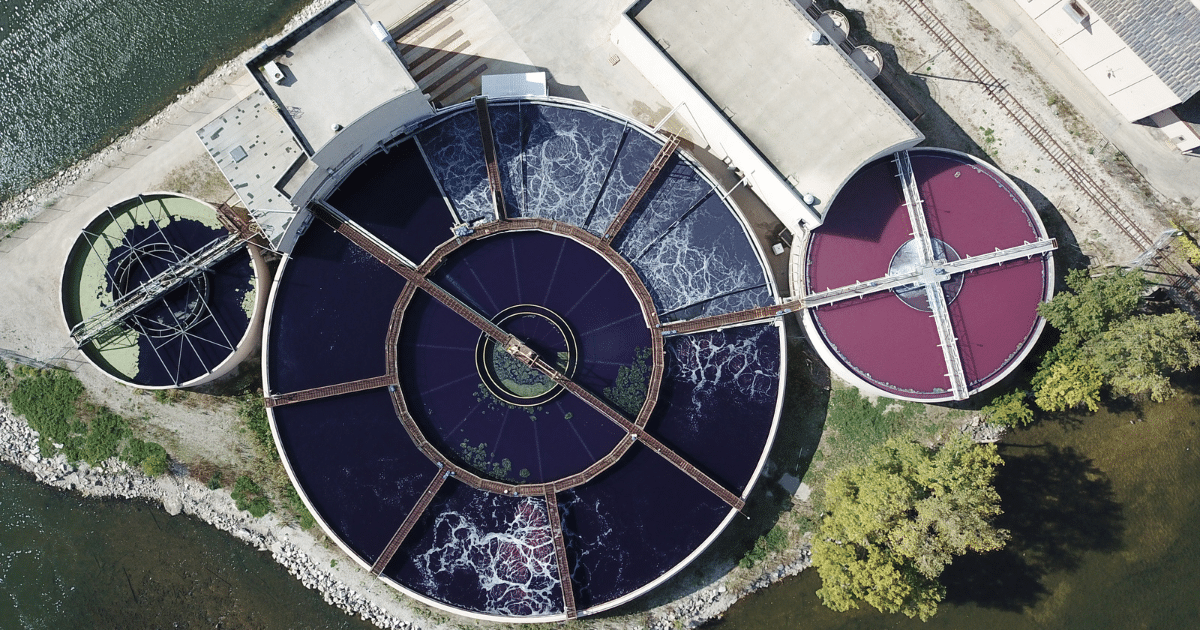






















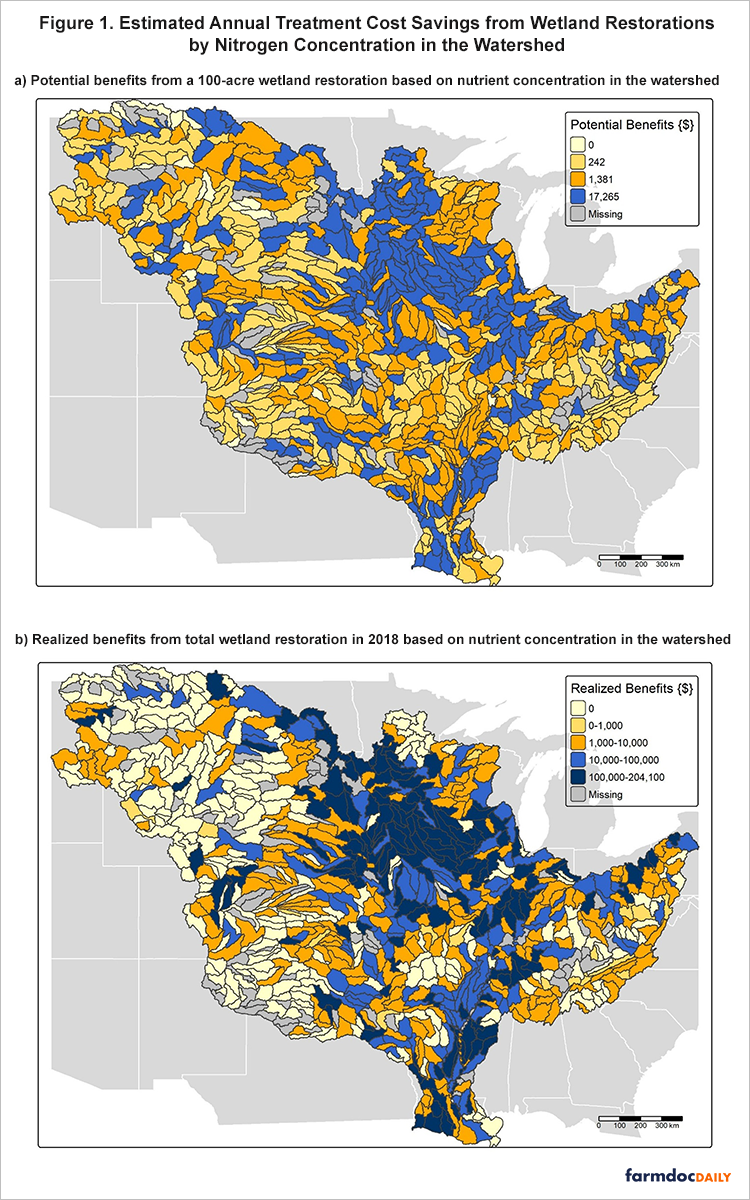
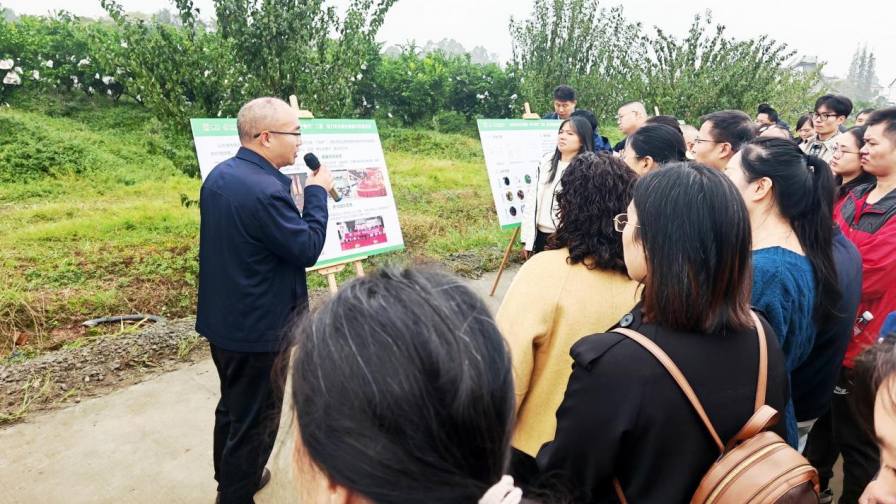





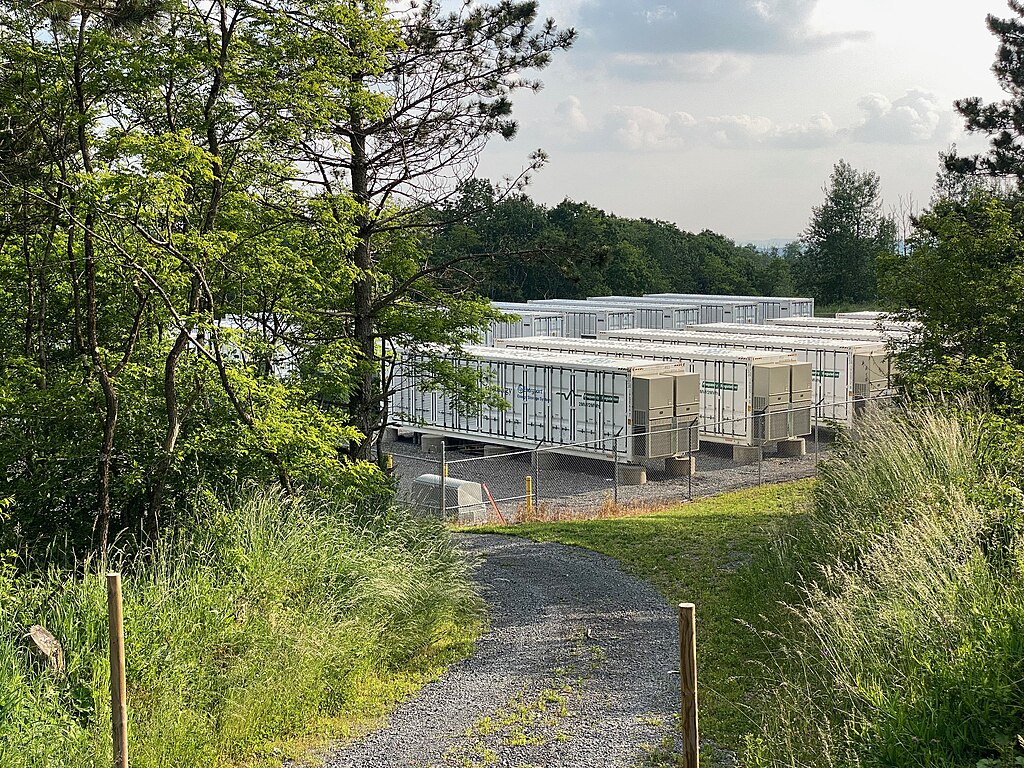
_2.png?#)
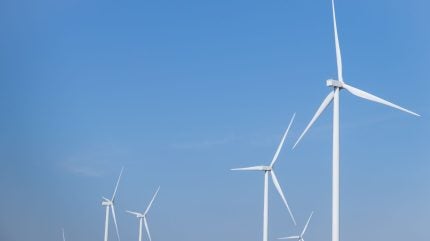





















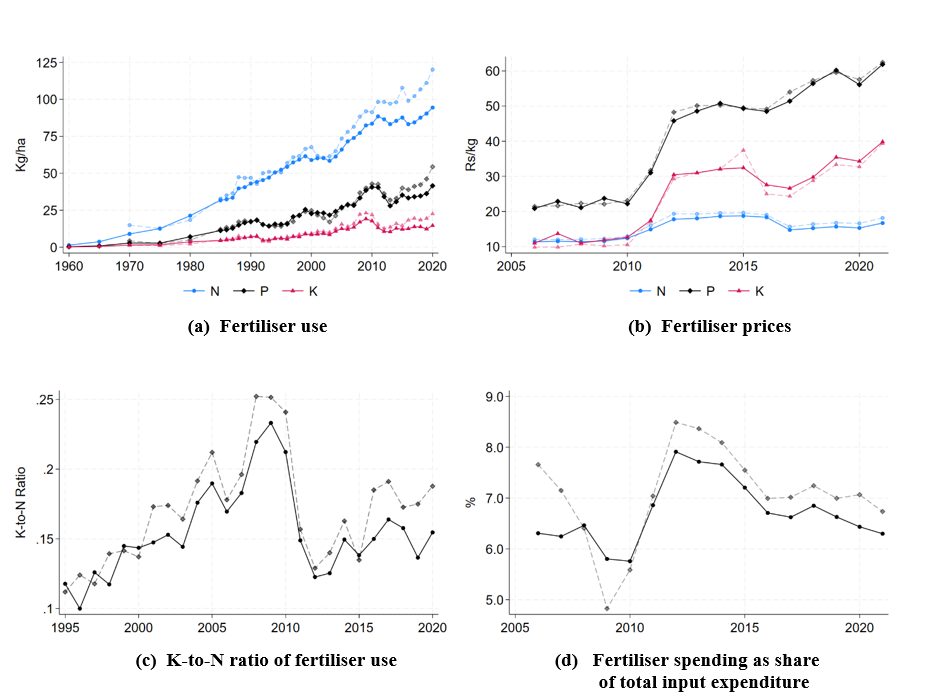

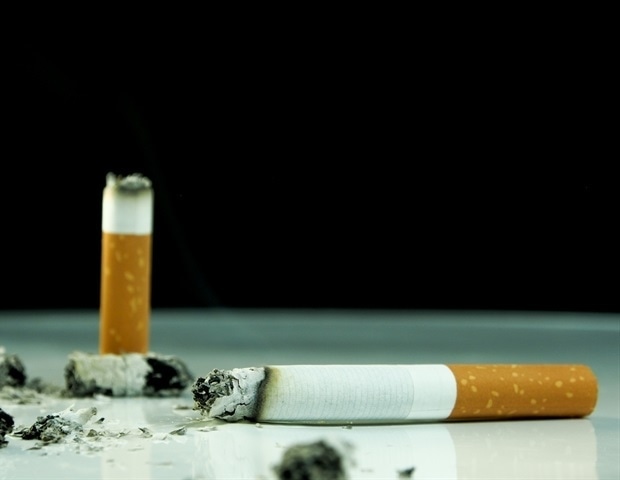




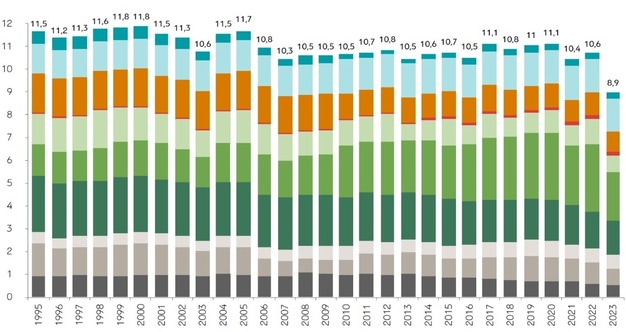
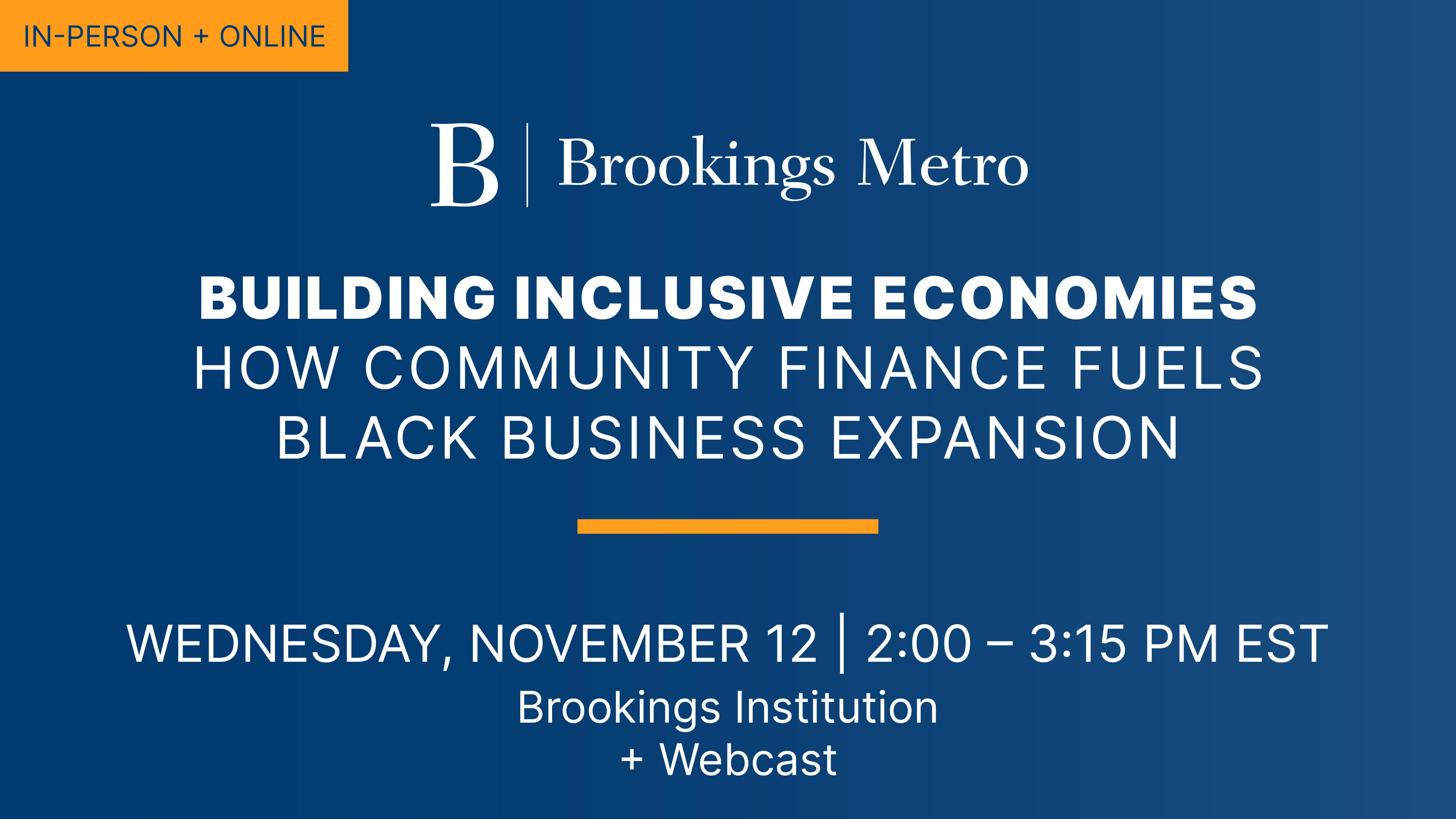







;Resize=620#)







